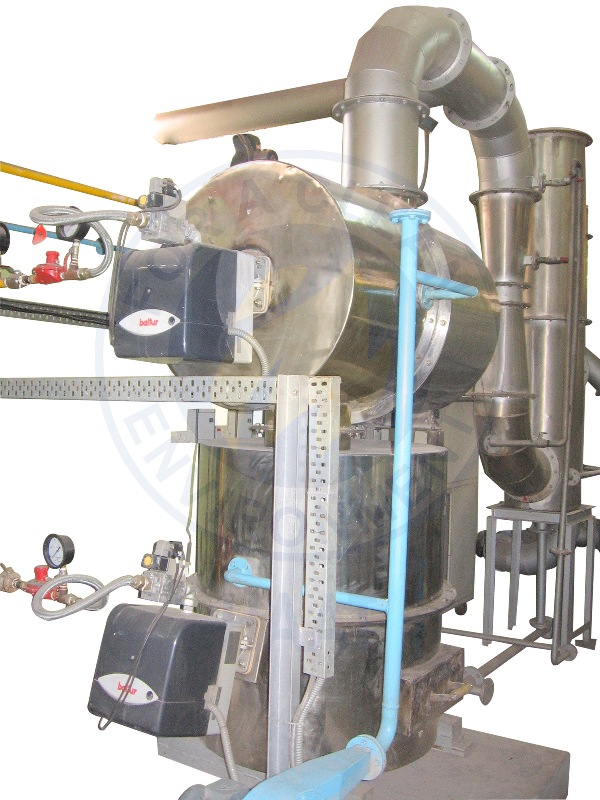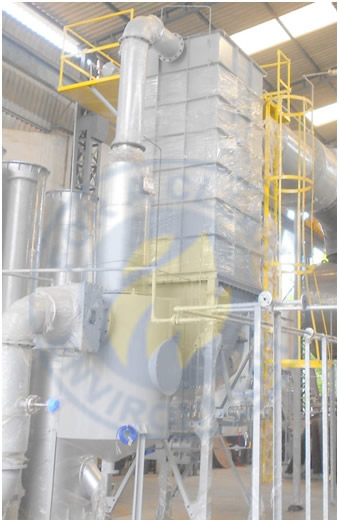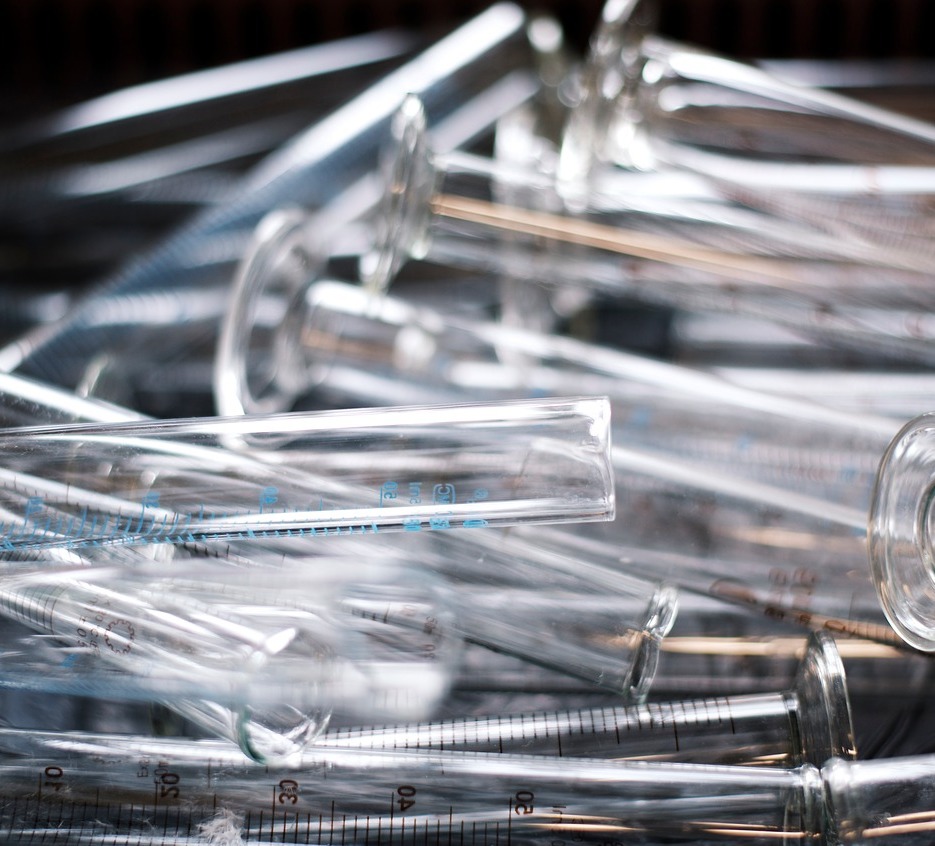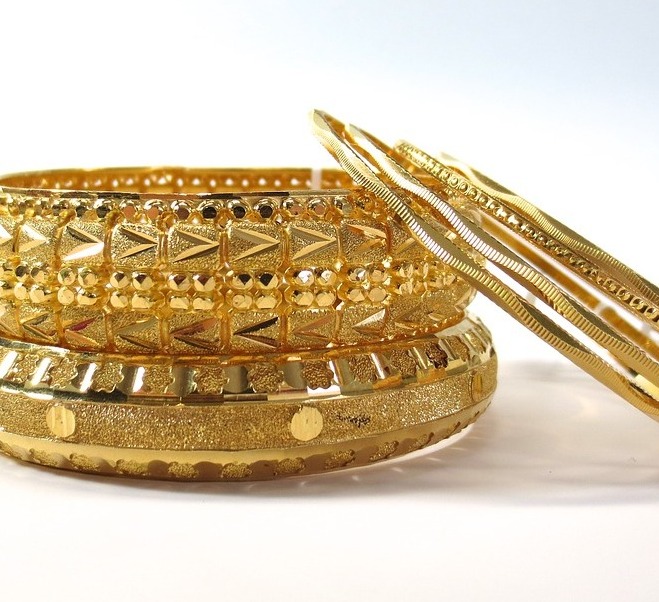
HAAT MODEL PMR INCINERATOR FOR PRECIOUS METAL RECOVERY
Reuse, recycle and recover have now become key phrases in industry as well as all walks of life. Waste oil is recycled, recovering a good percentage, precious metal is recovered from e-wastes and food waste and other organic wastes are composted and reused as fertilizer.
Precious metal is also recovered from other sources such as jewellery manufacture and pharmaceutical processes. Haat has in its range a Precious Metal Recovery Incinerator, model PMR, which has now become popular in the jewellery and pharma industry, where there is plenty of scope to recover the yellow and white metals.
Jewellery waste:
Recovery of noble metals from wastes is very different from commercial mining operations because the chemical composition of the waste normally varies widely and dictates the approach to be followed and process to be used.
The manufacture of gold jewellery will always generate scrap material, whether made by traditional techniques in a workshop or by mass production in a factory.
Defective jewellery from production or damaged and worn items returned from customers or bought in the market is also a source, but the quality of this is uncertain. In production of jewellery, other forms of scrap materials and wastes are generated where contamination results in unclean materials. Polishing dusts and bench filings are good examples.
The efficient recovery of scraps and wastes depends on knowing how much precious metal enters the factory or workshop and how much leaves it in the form of finished jewellery. This coupled with how much scrap and gold-containing wastes are knowingly recovered and either recycled or sent for refining, enables the jeweler to know how much is being lost in the system and to take appropriate action to recover it. Scrap arises at all stages in the manufacture of jewellery, at the alloying and ingot stage, during stamping and blanking operations, in investment castings, filing, drilling, sawing and soldering at the work bench and finishing, etc. Scrap comprises of redundant material discarded in manufacture and defective items of jewellery that are rejected. The amount of scrap generated can be controlled through careful process design, material utilisation and implementation of best practices on the shop floor, but it cannot be eliminated.
Recovery of noble metals from jewellery waste is not a new concept. Although cyanide leaching remains the most preferred option for the recovery of gold because of its simplicity of operation and economic viability, it suffers from inherent drawbacks such as toxicity and slow leaching, both of which are significant disadvantages for a small-scale operation. Leaching with solutions other than cyanide as a means for the effective and less hazardous recovery of gold, silver and platinum therefore remains an attractive option. Nitric acid was employed to dissolve and separate silver and other impurities from gold and platinum, which were then dissolved in aqua regia and precipitated selectively.
Of late, it has been found that the safest and most economical method is by incineration. Specially designed incinerators handle waste inputs, such as floor sweepings, personal protective equipment, etc. These are loaded in specially designed hearth or trays. The incinerator, if it is a basic model, does not create a high negative pressure which is essential to prevent dust particles from flying out. Incinerators with downstream air pollution control equipment are, of course, designed with negative pressure in the combustion chamber. This is because the escaping dust particles can be captured at different points.
Waste-laden trays are heated to around 750 to 850° C, at which point the organics are fully combusted, leaving the ash containing the precious metals recovered.
This is a far simpler process than acid leaching because no handling of acids or other substances is involved. The precious metal recovery incinerator can be made fully automatic so that the combustion chamber is opened only when it is cooled down to a safe temperature, thereby eliminating any fire hazards.
As mentioned earlier, the incinerator can have different types of downstream air pollution equipment, such as wet venturi scrubber, gas cooler, bag filter etc. Each one of these equipment becomes a source for recovering precious metal, apart from the combustion chambers, thereby enhancing the rate of recovery.
It has also been found that the return on investment in the case of an incinerator can be as less as 6 months!
Pharma waste:
Catalysts, which are used to enhance and expedite chemical reactions, are a necessary part of pharmaceutical processing. That process not only involves using the catalyst in the synthesis of an active ingredient or intermediate but further involves recovery of the catalyst. When the catalyst includes Platinum Group Metals such as platinum, palladium, ruthenium and rhodium, efficient recovery is particularly important in controlling costs in manufacturing. Effective selection of a precious metal refiner in the catalyst recovery process is a factor in achieving those cost savings.
Precious metal catalysts are typically supported on carriers. Carbon supports are the most common carrier media for precious metal-bearing catalysts in the pharmaceutical processing industry.
Most refiners use a wide variety of equipment to process spent catalysts. This equipment includes furnaces, kilns, incinerators, pulverizers, granulators, screens, blenders, samplers, reactors, dissolvers, precipitators, electrolytic cells and filter presses.
Haat’s range of precious metal recovery furnaces / incinerators
Haat manufactures Precious Metal Recovery furnaces and incinerators for this application, having successfully installed many units within the country. The configuration includes primary and secondary combustion chambers and air pollution control equipment, the configuration of which depending on the number of recovery points and percentage of recovery. The incinerator not only provides a fast return on investment, it is also very environment friendly.
The Precious Metal Recovery Incinerator Model PMR in Haat`s range is precious not only in name but also in reality. It recovers precious metal from the waste and reimburses to the end user its cost in a matter of few months.
No doubt jewellery manufacturers and pharma industry who use such precious metals as platinium, palladium etc. have their own present methods of recovering these expensive metals. But with the PMR the recovery percentage increases considerably and because of this, the return on investment is faster and better.
The PMR model incinerator comes with its primary and secondary chambers and optional range of scrubbers, bag filters etc. as the situation demands. In other words recovery takes
The system has many variants. To start with, the primary chamber can be static or a bogie hearth type. In either case, there can be either indirect heating using a hot air generator or a special hearth for heating the waste directly from below. The primary chamber is designed in such a way that while using a burner, the flame reaches the trays holding the waste from below. If a hot air generator is preferred, again the very hot air heats up the tray from below. This enables no fly-off of the metal dust.
When the flue gas with fly ash, whatever little, reach the secondary chamber, here again the organic content of the flue gas is burnt again, leaving some amount of the metal to be recovered. Thirdly the scrubber with its water spray collects the fine dust in its bleed, which again is collected once in a while and incinerated to recover the precious metal. In the event of using a semi-dry scrubber which comes with a bag filter, the bottom of the bag house collects the dust containing the metal dust.
There are thus 4 collection points, which enables a very high recovery rate.
The primary chamber comes with high temperature resistant stainless steel trays to hold the waste containing the metal. At the set temperature, the organic content of the waste is fully burnt, leaving the metal to be recovered. The trays are ruggedly built to last long and the number of trays would determine the capacity of the chamber.
The waste is loaded into the trays which are then heated by the burners. The organic content of the waste is burnt, leaving some amount of ash with the metals. The trays are allowed to cool for some time and then removed. In the case of a bogie, the entire bogie is pulled back after incineration and cooling, trays removed and replaced and the bogie is pushed back into the chamber. The pressure in the chamber has to be decided after careful calculation so that no precious metal is carried to the stack and to the atmosphere.
The secondary combustion chamber where the flue gas is treated has another set of collection points for recovering the metal coming up with the fly ash. The secondary chamber has its own burner.
This is followed by the air pollution control equipment. The configuration of this would depend on many things, viz. the number of further collection points and the emissions required. For example, the tank supplying recirculating water to the scrubber and demister will be a source for recovery of the metal from the bleed. If there is a bag house involved, similarly the hopper below the rotary valve becomes another source. Recovery can also be made from the gas cooler or saturator where the water is evaporated.
The operation of the entire incinerator system can be preferably made fully automatic (barring some manual operations such as loading trays or removing them with a forklift) with the help of a PLC based control panel with its own HMI with colour touch screen.
There is an ID fan and a rubber lined stack to complete the equipment list.
Clients generally prefer some safety devices in collection points to prevent pilferage and these can be provided without any problem.
Many of Haat’s PMR model incinerators of different capacities and configurations are functioning well with reputed jewellery manufacturers as well as metal recovery companies in the country. Almost all of them have recovered their capital investment in a very short span of time, thanks to better recovery efficiency of Haat’s well designed precious metal recovery incinerators made with Swiss technology.
Main features of the equipment:
a) Primary and secondary chambers with their own collection points.
b) Specially customised primary chamber to suit this application
c) Optional wet scrubber or semi-dry scrubber for creating one more collection point.
d) PLC based control panel for automatic operation.
Advantages of using Haat`s PMR Incinerator.
1) Capital cost can be recovered quite fast.
2) Fully automatic operation except for loading and recovering
3) Single operator/supervisor can handle the operation
4) Reliability of the system
5) Long refractory life
6) Long equipment life, atleast 15 years
7) Proven experience in the field
8) The Haat brand to go with performance.
9) Customised models to suit specific requirements
10) Optional variants of primary chamber available
11) Safety interlocks to prevent pilferage
12) Haat`s machines working both in jewellery manufacture and pharma industry.
The PMR model is now available in two more modified designs PMC (C). These are essentially made for the purpose of wastes from the catalytic process particularly in the pharma Industry where catalysts in the form of precious metals are used to bring down the working temperature of the process. The carrier medium for this catalyst is mostly activated carbon. The precious metal, which may be platinum, palladium etc., loses its size and shape over a period of time and becomes a “needle in the haystack” amidst a maze of the carrier material. This makes the recovery process very challenging. As we all know, it takes millions of years for these precious metals to take their present form and chemistry and we cannot afford to lose them for whatever be the reason.
The PMR(C) catalytic version enables recovery of these precious metals as these would have been lost otherwise in the chemical process.
The system offered here comes with an elevated hearth with under-hearth burners. There are specially designed orifices in the hearth through which the flame / heat travel upwards through the hearth. The waste in the form of powder is placed in stainless steel trays which can withstand high temperature and these are actually cooked at high temperature, burning the organics and moisture and making it easy to recover the white metals.
The other variation to this model is the Bogie Hearth design, where the entire hearth, loaded with waste, outside the combustion chamber, moves electrically or hydraulically into the chamber ready to start the incineration operation. Once the operation is completed, the bogie moves back, outside the chamber, where the treated waste is unloaded.
Both these versions can be offered with air pollution control equipment such as dust collectors, venturi scrubbers, etc. The provision of APCs facilitates recovery of precious metals from more than one location namely dust collector tray and scrubber tank.
The entire range of PMR models is offered from 5 Kg/h to 1000 Kg/h.
The PMR(C) models are in use in several locations in India.
“Model GD-3 and GD-6 incinerators cater to all the waste generated in our hatchery plant. Working satisfactorily and no smoke is visible. We appreciate HAAT in helping us to dispose off our hatchery waste and mortality effectively.” - Dr. S.V. Deshpande, Manager, Venco Research and Breeding Farms Ltd.









